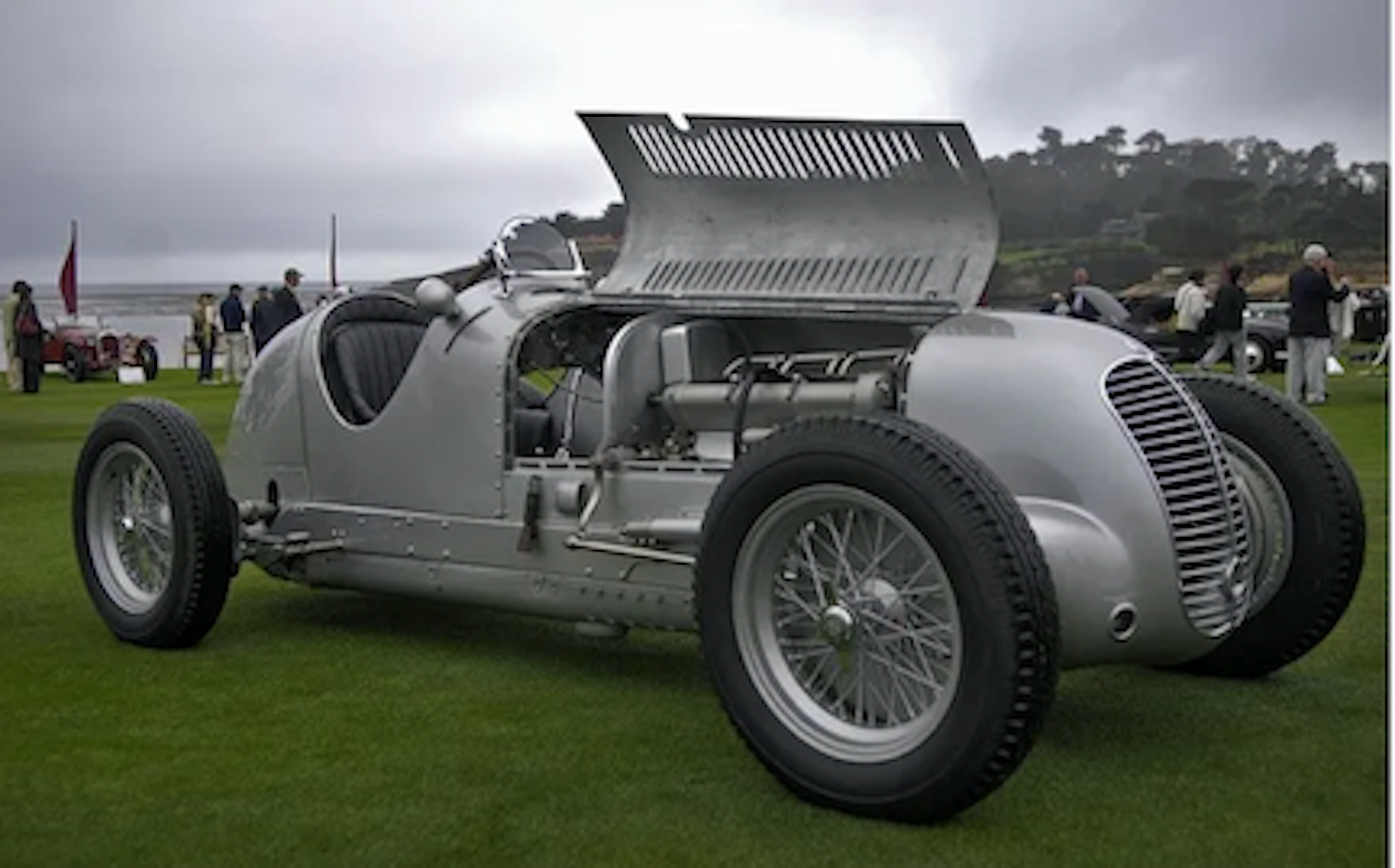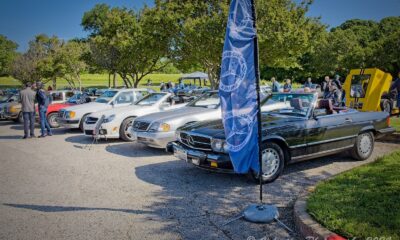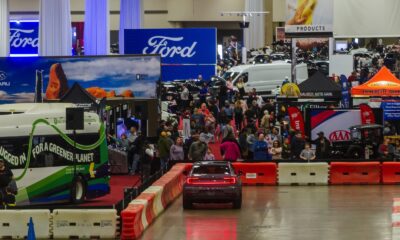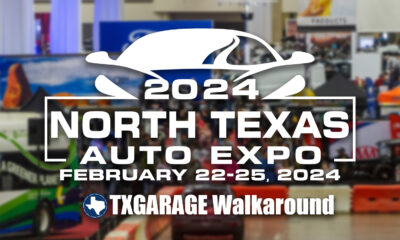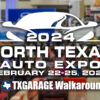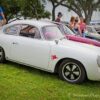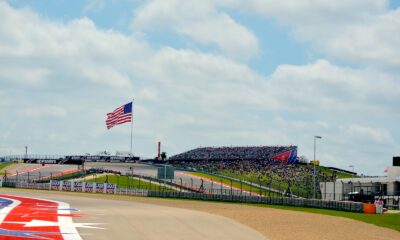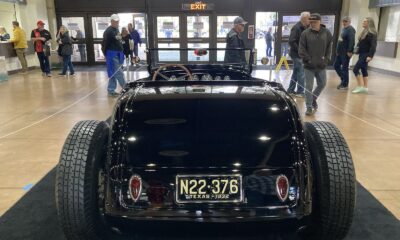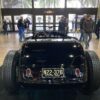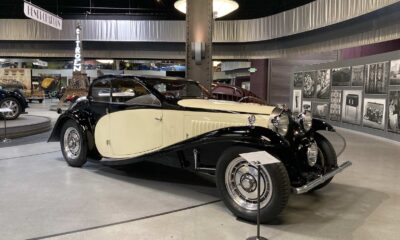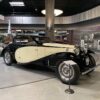Events
THAT WAS THEN: MASERATI GRAND PRIX CAR PIT CREW
THAT WAS THEN:
MASERATI GRAND PRIX CAR PIT CREW
The Sunoco Automotive Laboratory hired a man named Howard M. Brown, Jr. (‘Brownie’) sometime in the late 1950s as an auto mechanic. He was an amateur sports car racer and had driven in competition at many of the tracks I knew, either as a spectator at places like Marlboro, Watkins Glen, Reading and Marlboro – or ones I had read about such as Sebring, Nassau, Lime Rock and Daytona. At the time he raced a Deutsch Bonnet HBR and brought it into the laboratory along with an Alfa Romeo 1900 Berlina Super and an Alfa Romeo Giulietta Sprint Veloce for me to drive.
He had talked to me about racing the Deutsch Bonnet at Sebring, so I drove from Pennsylvania to Florida in March of 1959 to see the 12-hour race there. It was the first major international sports car race I attended, and I was hooked!
The following summer Brownie was loaned a 1938 Maserati 6CM Grand Prix car to race by some wealthy man unknown to me at the time. The 6CM was a member of the Voiturette Class (“voiturette” is the French word for “small car.”), in effect between 1931 and 1940. The engine displacement was limited to 1500cc (91.5 cubic inches) and the car’s dry weight to less than 750 kg (1653 lbs.). Brownie always said he was loaned the car by his “angel” and never would review the name.

The 6CM was built between 1936 and 1940, with a total of 276 built. It had an in-line six- cylinder engine of 1493 cc (91.1 cubic inches), double overhead cams, and two valves per cylinder. It was supercharged by a Roots-type supercharger driven off the front of the engine’s crankshaft and sitting low between the front wheels. The supercharger blew into a Weber 55ASI carburetor, and the car used a Scintilla magneto for ignition. This engine made 175 bhp @ 6600 rpm. It had a four-speed gearbox, and Pirelli tires with the rears larger than the fronts, and a 30-gallon fuel tank. The 6CM has been described as a diamond, and like the gem, tough, too; In a word, perfect for the independent amateur. The CM was wearing new Englebert (Belgian) racing tires.
It is amusing to me that, 63 years later, I have a 2018 Honda Accord with an in-line four-cylinder engine of 1498 cc (91.4 cubic inches) double overhead ahead cams, turbocharged and fuel injected, with 192 bhp @ 5500 rpm.
The Voiturette Class coincided with the Great Depression, lasting from 1931-1940. It was very popular in Europe and England, featuring races at “around the house” venues such as Pau and San Remo; the drivers tended to be semi-professionals or talented amateurs. To illustrate the popularity of this class, cars came from Alfa Romeo and Maserati in Italy; Amilcar, Bugatti, Delage, Salmson and Talbot in France; Austin, ERA and MG in England and Mercedes Benz (in 1939) from Germany.
Brownie trailered the car to Vineland with his wife, Barbara, and my wife Joan and I met them there. The car had no race number on the sides, so it was assigned a number when it was entered in the race. What I remember was that it was a two-digit number and Barbara had cut them from the plastic paper with a colorful pattern on one side and adhesive on the other. The other cars had their numbers in plain solid colors like white, red, or black contrasting with the color of the car. The Maserati had its numbers in a ‘pantry flower’ pattern.
Vineland Raceway had been a short dirt oval for stock cars. In 1958, with the interest in sports car racing skyrocketing, a new sports car track was carved out using part of the oval and both the sports car track and the oval were paved with asphalt. The resulting sports car course was short (1.50 miles or 2.414 kms) and, this being southern New Jersey, flat. The race was sanctioned by the Northern New Jersey Region of the Sports Car Club of America.
The Maserati didn’t fit any of the SCCA classes, so it was assigned to a class called ‘Formula Libre’ or Free Formula; in American racing slang, it’s called Run What You Brung. The Vineland records in that era are missing, and the only other car I can remember in the same race was a Lotus Eleven, a beautiful, sleek, aerodynamic, aluminum-bodied car designed by Frank Costin, using a1098cc (67.0 cu. in.) four-cylinder Coventry Climax FWA engine making 71 bhp. The engine had been designed to be a lightweight portable water-pumping power for firefighting during the Blitz in England. The car weighed only 908 lbs. (412 kg) and was entered by M. R. J. Wyllie of Allison Park, PA who was a director of Gulf Oil Company, with a PhD from Oxford. Some 270 Lotus Elevens were built.
The race started well for Brownie, with he and Wyllie challenging one another. At one point the two cars brushed against each other and the Maserati’s knock-off spinners damaged the low-bodied Lotus aluminum side panels, but both cars continued. Around halfway into the race the aluminum plenum carrying the pressured air from the supercharger to the carburetors developed a crack and Brownie’s engine suddenly went to normally aspirated and lost power. He was done for the day. The SCCA records for this race are apparently missing, so I don’t know who won. Vineland Raceway went on until 1965, hosting a total of 268 events, but was always a Regional (not National) SCCA track.
In 1948, when racing resumed after WWII, the FIA changed the class of the top level of Grand Prix racing to Formula 1, Voiturette became Formula 2, and an even less powerful and sophisticated class was introduced as Formula 3.



